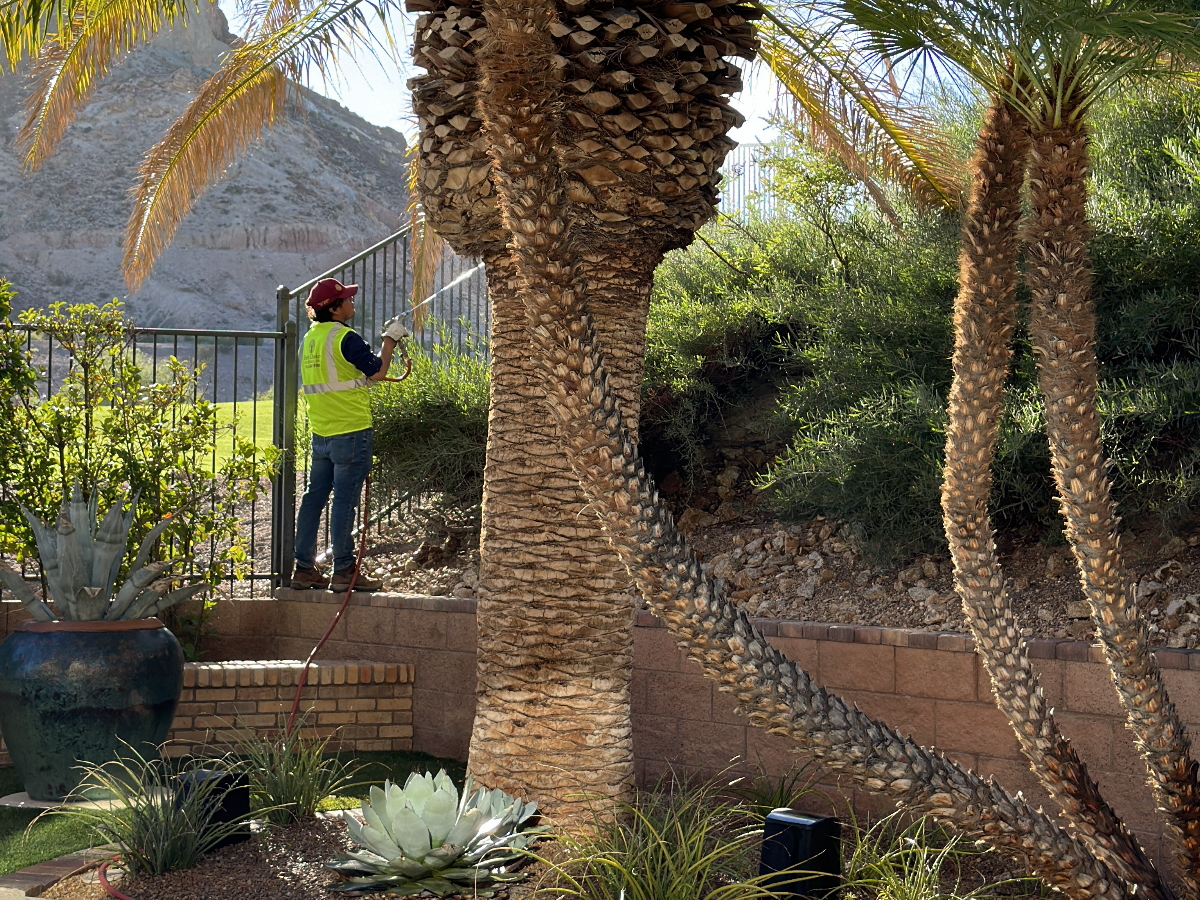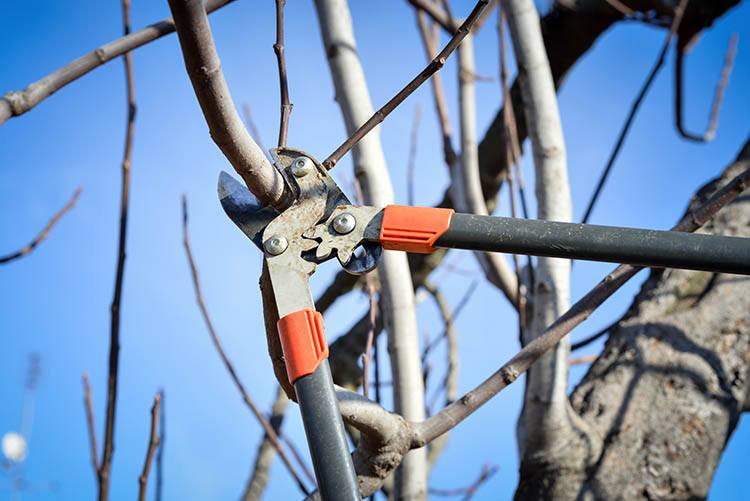Fall fertilization is so important for plants in Las Vegas, especially for those that are perennial or go dormant in the winter. By providing essential nutrients during this time, you support robust root development, ensuring a strong foundation for plants before the freezing ground. The fertilization also aids in nutrient uptake and storage throughout the winter, allowing plants to thrive when they reawaken in spring. Additionally, properly fertilized plants exhibit enhanced stress resistance, enabling them to withstand cold temperatures, drought, and diseases. Come spring, you’ll witness improved growth, abundant blooms, and overall healthier plants. By fertilizing in the fall, you minimize nutrient leaching and promote efficient absorption in soil with warm temperatures.
Seven Key Benefits
1. Root Development: During fall, plants focus on root growth and development as they prepare for the upcoming winter. Fertilizing in the fall provides essential nutrients that support root growth, enabling the plants to establish a strong root system before the ground freezes.
2. Nutrient Uptake and Storage: Fall fertilization ensures that plants have sufficient nutrients available for uptake and storage throughout the winter. Plants store nutrients in their roots and stems during the dormant period, which helps them survive and thrive when they re-enter an active growth phase in the spring.
3. Enhanced Stress Resistance: Properly fertilized plants are better equipped to resist stressors such as cold temperatures, drought, and diseases. The added nutrients strengthen the plant’s overall resilience, helping them withstand the harsh conditions of winter and recover more quickly when spring arrives.
4. Improved Spring Growth and Blooming: Nutrient reserves accumulated during the fall through fertilization provide a boost to plants when they resume growth in the spring. This can lead to more vigorous growth, increased flower and fruit production, and overall healthier plants.
5. Minimizing Nutrient Leaching: Applying fertilizer in the fall allows plants to take up the nutrients they need before winter. This can help reduce the risk of nutrient leaching, where excess nutrients can wash away with winter rains or snowmelt, preventing pollution of water bodies.
6. Efficient Absorption: In the fall, soil temperatures are usually still warm, promoting efficient nutrient absorption by plant roots. The nutrients from the fall fertilization are absorbed and stored, ready to support spring growth.
7. Balanced Nutrient Uptake: Fall fertilization allows for a balanced application of essential nutrients, ensuring that the plant has adequate levels of nitrogen, phosphorus, potassium, and other micronutrients necessary for its health and growth.






